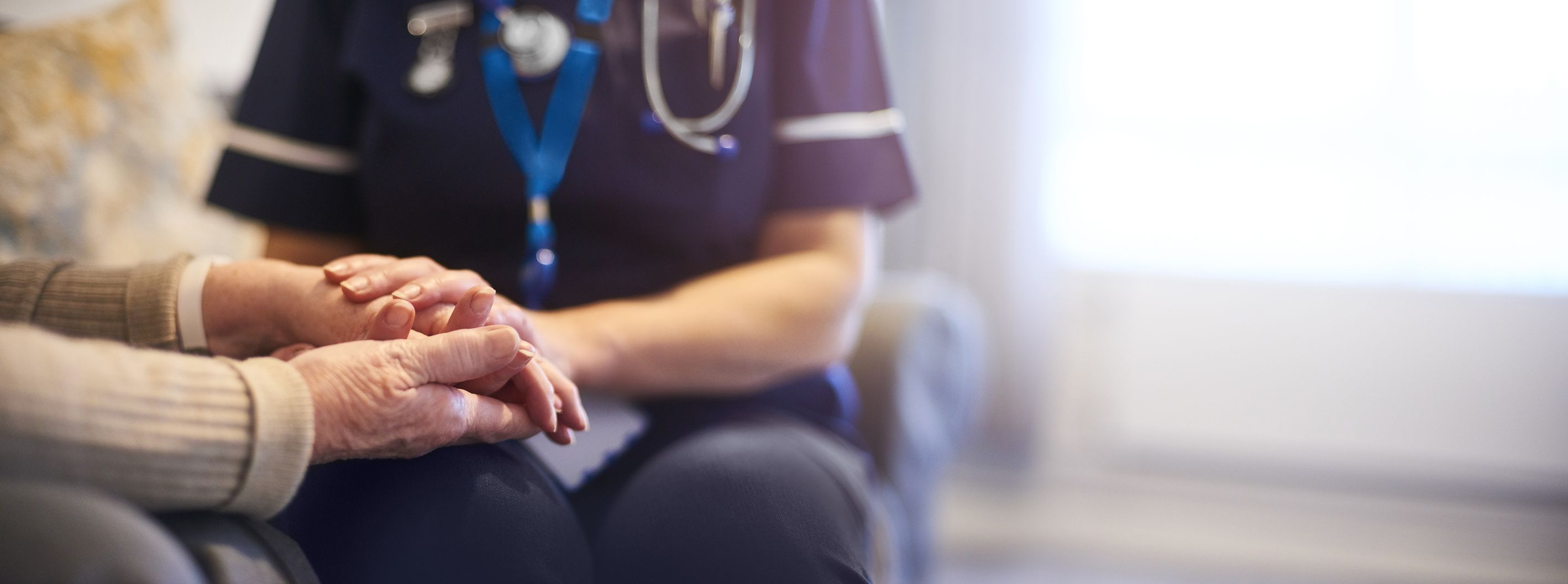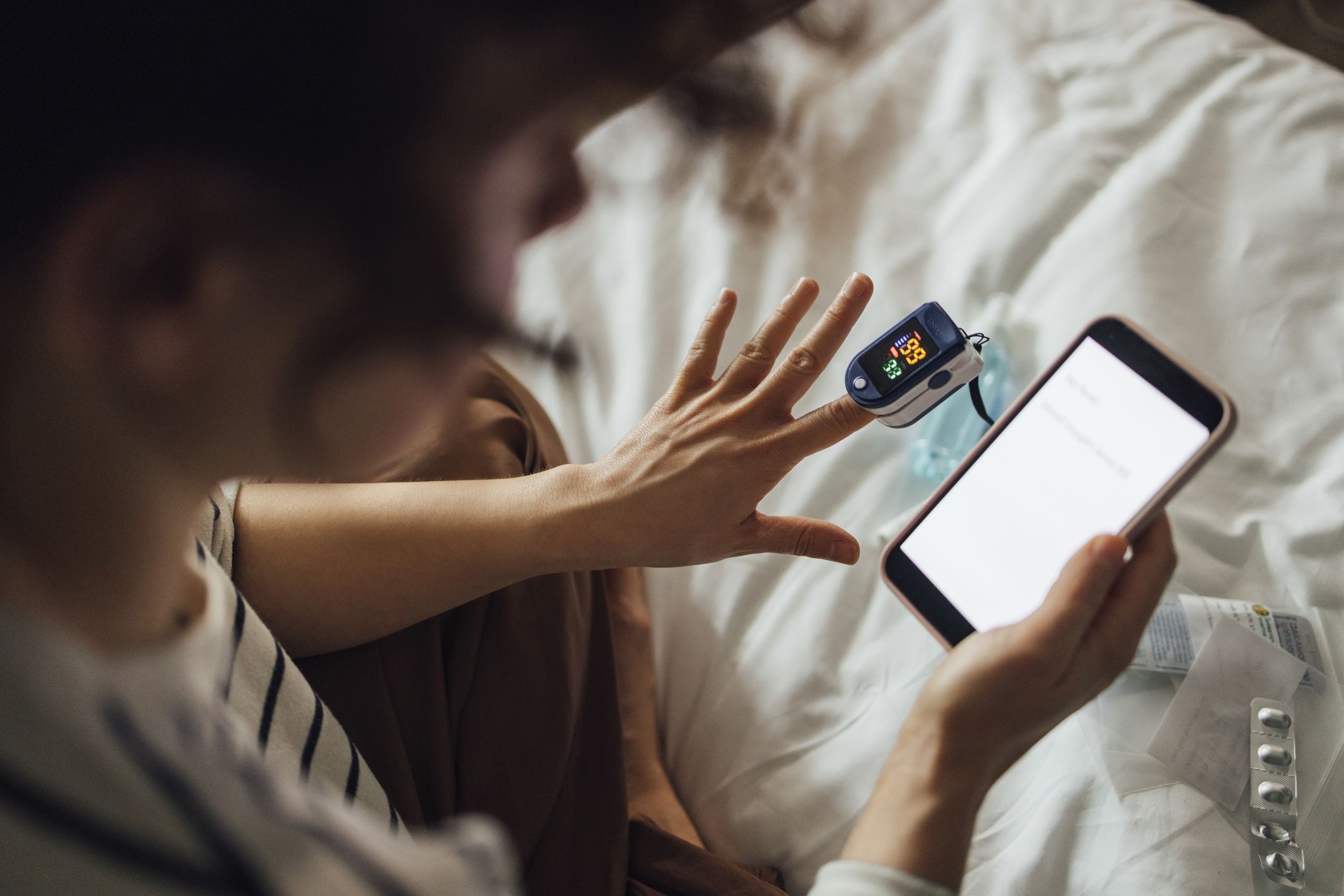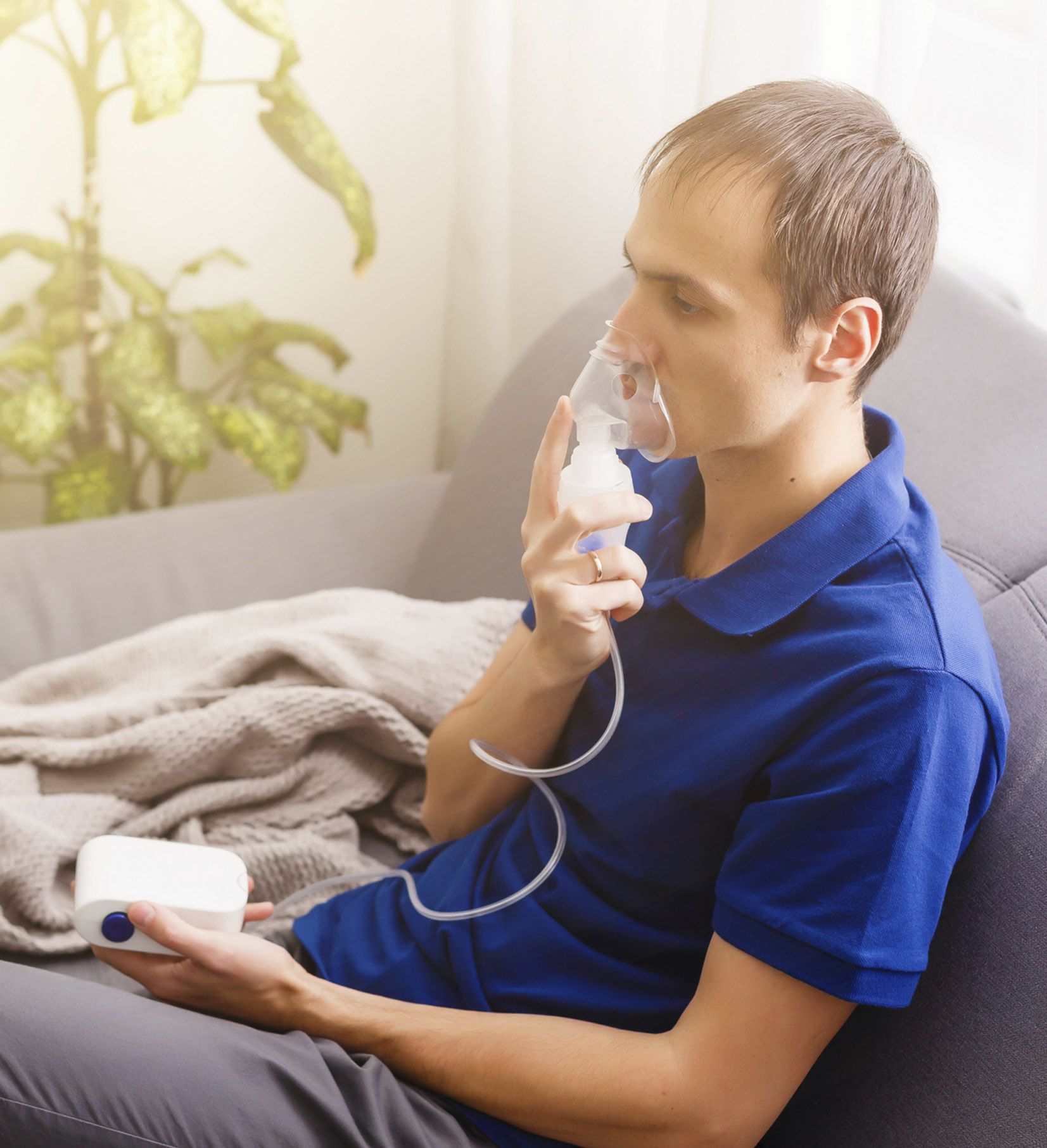Setting up Greater Manchester’s first virtual wards

“The health and care system is changing. We are already seeing more care taking place outside of hospital in virtual wards. Virtual wards are incredibly important as they allow patients to get the care they need safely and conveniently in their own home rather than being in hospital.”
Listening to the system
At NICE we are listening to the system to ensure we focus on what matters most. So we are working with colleagues to ensure that virtual wards are used in a way that maximises the value for patients and the NHS.
To do this, we’re talking to people from across the health and care system to develop useful virtual wards guidance, using the best available evidence.
You can find out more on our virtual wards programme webpage.

The benefits for patients using virtual wards
Patients are already reporting significant benefits from virtual wards or the hospital at home model of care, Bushra explains,
“Recently, I saw a patient who had a routine hypertension check by his GP and was found to be in fast atrial fibrillation. Ordinarily, the patient would have been admitted to hospital and given the medication to control heart rate or for the GP to monitor closely – which adds an additional burden to the hospital and GP.
“So, I talked the patient through the options, and he responded by saying he’d much rather be at home with remote monitoring so that he could potter about in his garden. He was over the moon to be able to go home, surrounded by creature comforts, knowing he was being monitored as part of a virtual ward.”
In 2021, Bushra and colleagues participated in a national study on patient experiences of remote home monitoring services for COVID-19. Patients and carers reported positive experiences. The results showed that they found the service easy to engage with. In Salford Royal, 86% of people rated their experience of receiving COVID care at home as excellent.

The burden on carers
While there are many observable benefits for patients of using virtual wards, Bushra urges everyone to consider their impact on carers.
“It’s important to note that whether a patient is in a hospital, or a virtual ward, there will be an increase in carer burden. For the former, the carer has to travel to the hospital during visiting hours or spend time with the patient in hospital.
“It’s true that virtual wards can place a burden on carers, but whether it’s more of a burden overall is still unclear and will vary with patient circumstances. So, while we’re setting up virtual wards, we always need to be mindful of any additional support carers may need. Carers UK has provided a useful checklist to help answer any questions, worries or concerns carers might have about virtual wards.”

Greater Manchester’s virtual wards project
The virtual wards project in Greater Manchester started in 2022. The aim was to treat adult patients with acute episodes in their own home supported by technology.
In autumn 2023, the project began supporting the increased use of virtual wards across 10 regions in Greater Manchester, to build up capacity ahead of winter pressures.
It is currently focusing on virtual wards for acute respiratory infections (ARI) and frailty but has expanded rapidly to include heart failure and general medicine.
Some teams are working with The Christie NHS Foundation Trust to look at deterioration in patients who have received chemotherapy and how these patients can be supported in their own home using virtual wards.
Virtual ward teams in Greater Manchester are also working on improving end-of-life care for patients who prefer to be at home. This work is being carried out jointly with the GM palliative care network, and provides medical interventions and remote monitoring in home settings.

Using NICE guidance to help develop a clinical case for supporting virtual wards
With winter fast approaching, the Greater Manchester team have been working at pace to set up virtual wards quickly. But they recognise that they cannot compromise on quality or effectiveness of care in the process.
“Right now, we need to move fast to set up effective virtual wards to reduce winter pressures. But we need to balance speed with safety and develop excellent care models that are sustainable” explains Bushra,
“Translating innovative virtual care models to patients quickly benefits from small, incremental changes: learning from what has been done previously and making refinements to operational and clinical pathways along the way to improve virtual care services. Last year we started by delivering what we could, and we have subsequently improved both the clinal and operational pathways and standardised virtual pathways across Greater Manchester and NICE’s guidelines on topics relevant to virtual wards are really helpful for this.”
At NICE, we have developed a suite of guidance and resources that specifically refers to virtual wards. These resources include a clinical guideline and quality standard for ARI, guidance on platform technologies for ARI, and an economic evidence review. We have also mapped our existing recommendations that are relevant to the stages of a virtual ward pathway.

Technology plays a key role in virtual wards
We currently recommend the use of virtual ward platform technologies in the NHS, while more evidence is generated, to monitor people over 16 with acute respiratory infection in their homes.
Bushra believes that this guidance will help ensure patients are being provided with the best treatments, most consistently:
“Currently, different areas across Greater Manchester are using different technologies in their virtual wards. For example, some localities have implemented continuous monitoring, whereas others are using interval monitoring.
“Ideally, we would all be using the same technology. NICE’s new guidance will help us to do this as it outlines key requirements needed for the digital platforms as well as some of the benefits and risks that need to be considered.”


Opportunities for the future
Our work supporting new models of care continues. Over the next year, we will update a number of clinical guidelines and will include digital home care and virtual wards within this.
Bushra is optimistic:
“There are still some barriers to moving forward with virtual wards. But NICE’s new guidance to help identify and manage acute respiratory infections will significantly help the work we’re doing to increase clinicians' confidence in referring to virtual wards. This will allow more people to be treated out of hospital in respiratory hubs and virtual wards.”
Find out more about our suite of guidance and resources that specifically refers to virtual wards.